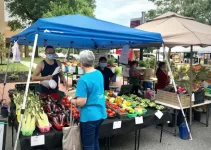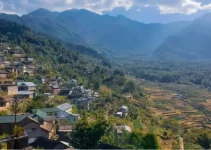Trying to define the differences between certain places or terms can often be a bit tricky. Thankfully, this isn’t the case when we compare the difference between a village and a district because they are quite separate things.
Although, the term village is surprisingly controversial. This may be because there are no regulated guidelines that define what a village actually is. It’s so controversial, in fact, that many lists of ‘Britain’s Biggest Villages’ are hotly debated and often rubbished by other competitors.
Why? Because some say that a village must have a distinct ‘green buffer’ around it and have a smaller population than towns. We may have an image that all villages are the type found in the Cotswolds or the Lake District, but many villages in the Top Ten Biggest Villages list are semi-urban and have modern amenities.
What Makes Defining a Village so Complicated?
The British Parliament also throw a spanner in the works by holding a document in the Commons Library that states that there are only 6,116 villages in the British Isles.
But as the only requirement of a village on this list is to have a population of less than 7,500, the document is also contested.
Mainly as it contains all communities of less than 7,500. This means hamlets are also included. And some would claim that without a village community hall, a church, a shop or a pub, a group of houses can’t call itself a village.
Who knew defining what a village is could be such a contentious subject?
A district, on the other hand, is less hotly debated. The term has one general meaning and another very specific meaning for UK governmental administration. Both of which we’ll look into in more depth.
What is a District?
Let’s tackle the general meaning of district first.
The term ‘district’ is a noun which can mean an area or region. So we could use district as a synonym for both these words. We might also use it to describe or define the geographic relationships or distance between certain places.
It wouldn’t be much use to someone asking for specific directions. To give them an answer with the vague sense of area that is linked to the word district would be annoying. But if we were to discuss generalities relating to a place the term might be used.
Here’s a real-life example:
“Does Bob Jones live near here?”
“I’m not sure, but there are a lot of Joneses in the district.”
But without a doubt, the term is used most often to define the British government’s regional administrative boundaries. These districts are called Local Authorities in England, Unitary Authorities in Wales, Council Areas in Scotland and Local Government Districts in Northern Ireland.
So on a day-to-day basis, your average British person is most likely to use the term district when we’re talking about the maintenance of their local roads, or if the bin man had been late or when a new and unwelcome housing development is proposed in the area.
That’s when the term district may have a slightly controversial edge.
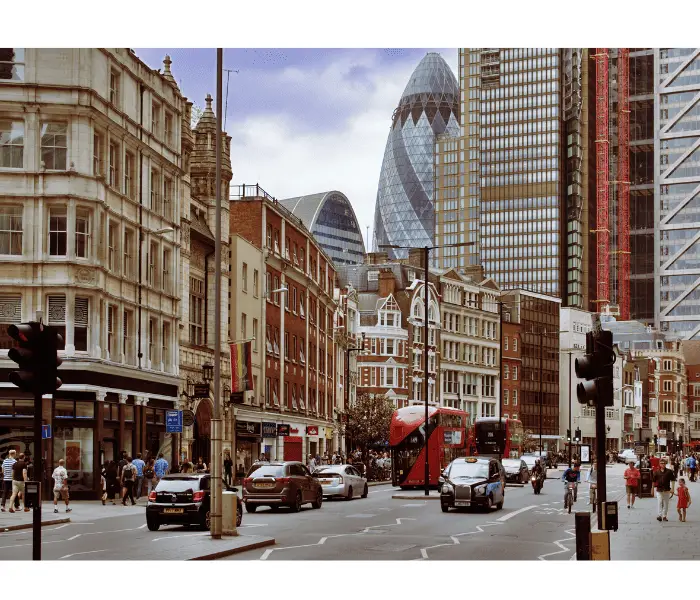
Can a Village be a District?
A village can be in a district but it can’t be a district.
Despite the ambiguous nature of what kind of settlement can call itself a village, it is definitely distinct from a district.
As we have seen, the word district is generally linked to an area far larger than a village – even the biggest villages. And we couldn’t call a village a district even if it was the only inhabited place within a given area.
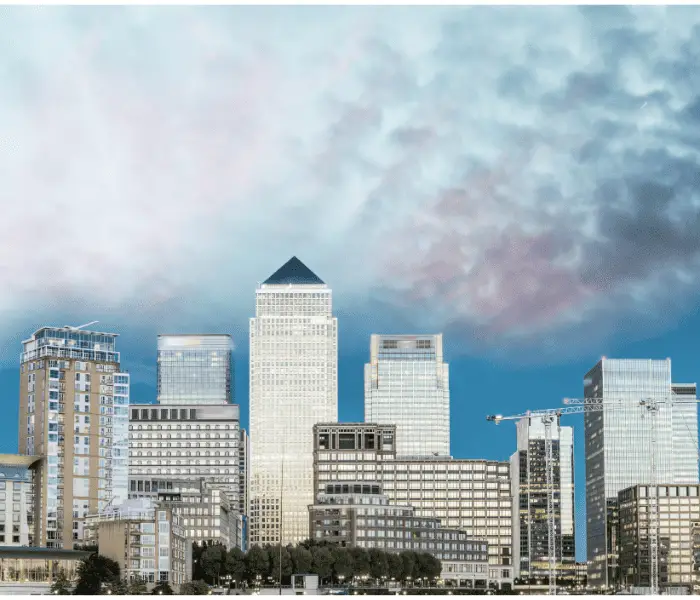
District and Village
Theoretically, a village could be at the centre of a district. Like in India. And if the village is a large one, it might also contain some form of local authority premises such as a Parish Council meeting room.
But it is far more likely that the district centre would be in a town.
In England, there are 181 district councils. And as there are 48 counties, we can see that some district councils must fall across county lines.
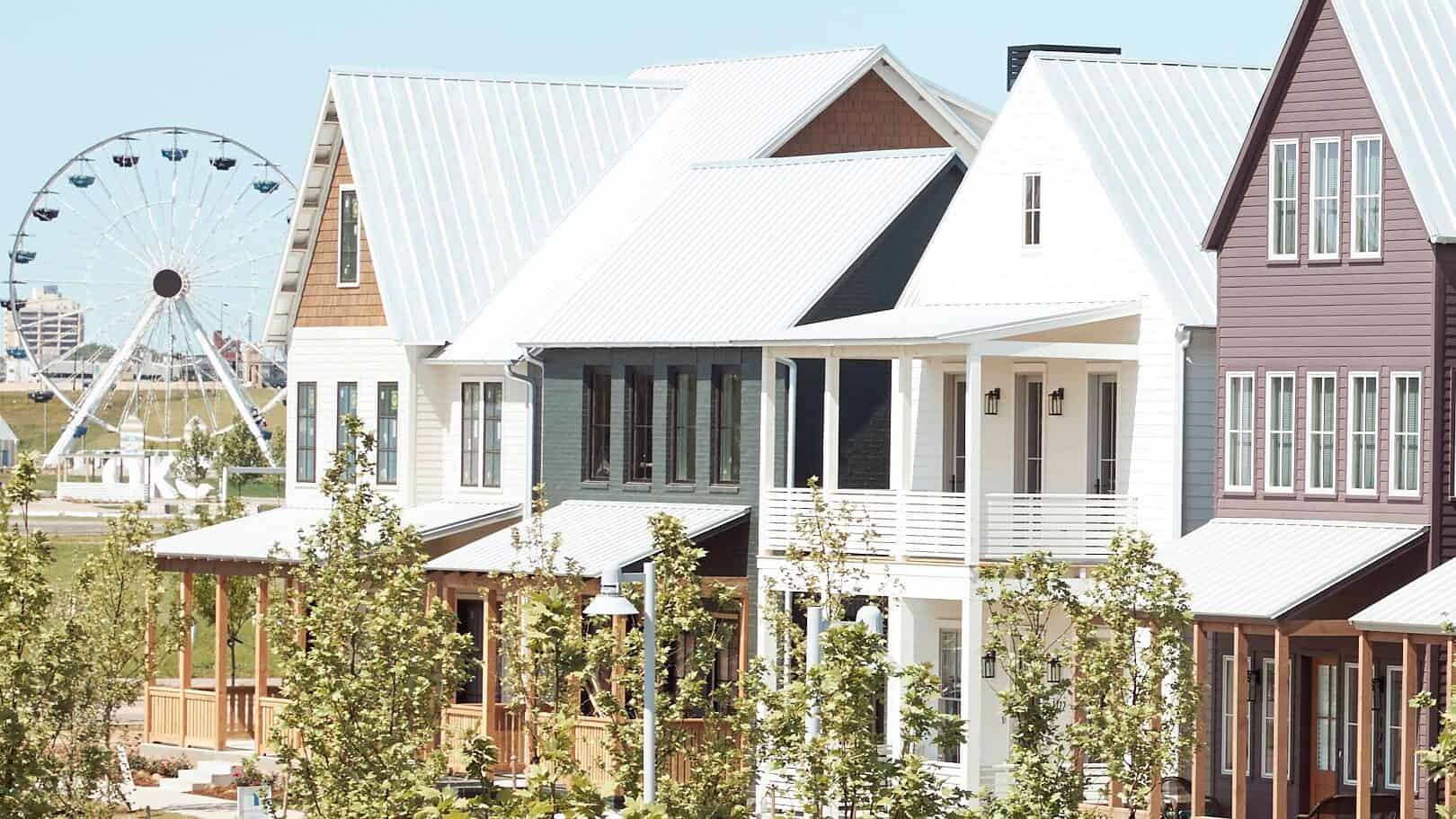
This means that there could be several different district councils within one county. And for metropolitan areas, the council districts can get even more confusing.
Difference Between Village and District
Some would say that the ambiguities that arise between villages and districts, trying to pin down what a village is or where the local district boundary may lie, is part of Britain’s charm.
And it’s partly because of our long but not always stable history that we have such rich and interesting (if confusing) local and national definitions.
Whatever confusion there may be, let’s just focus on the knowledge that our districts define an area and our villages give that area its charm.
That is perhaps a better understanding of the difference between a village and a district.
